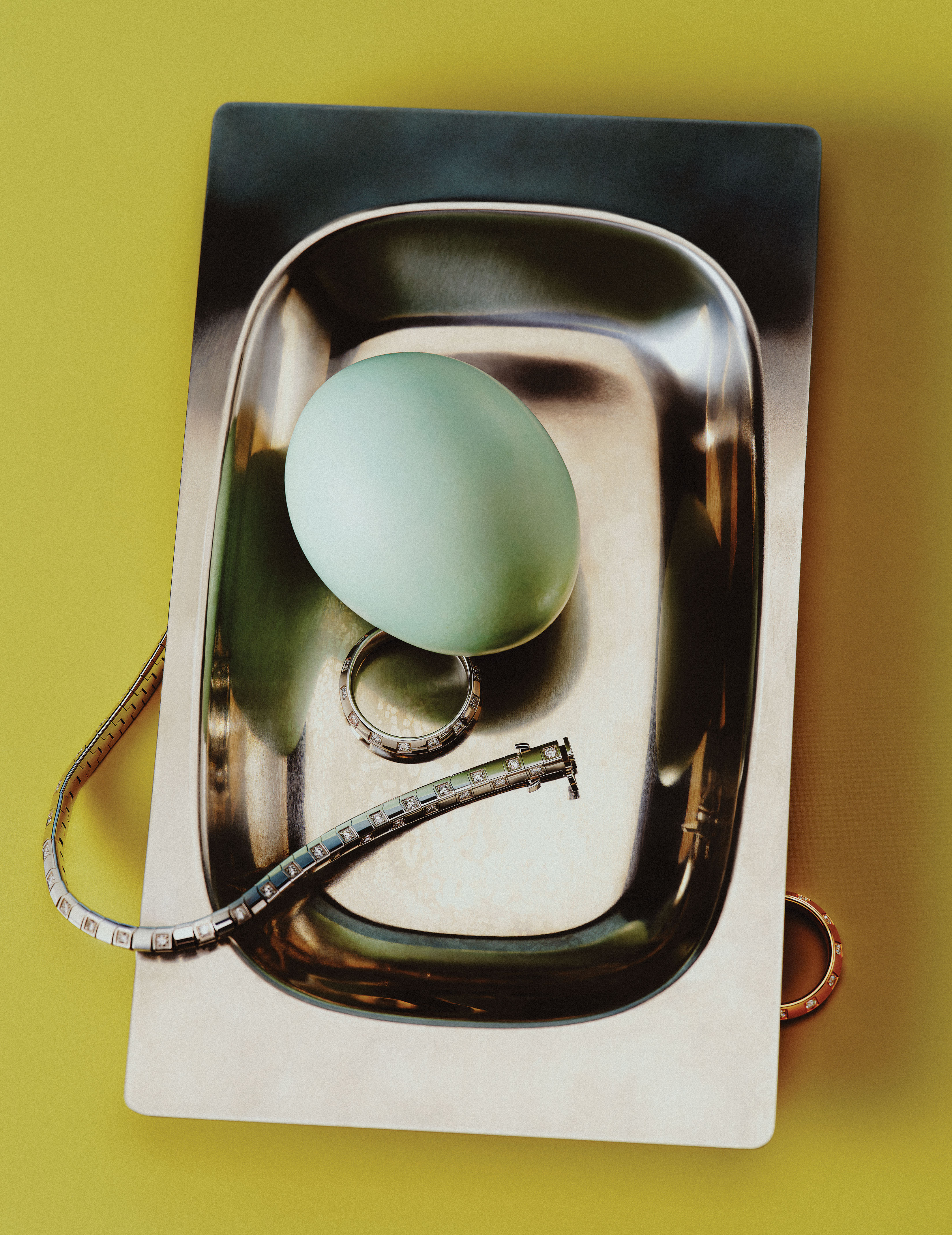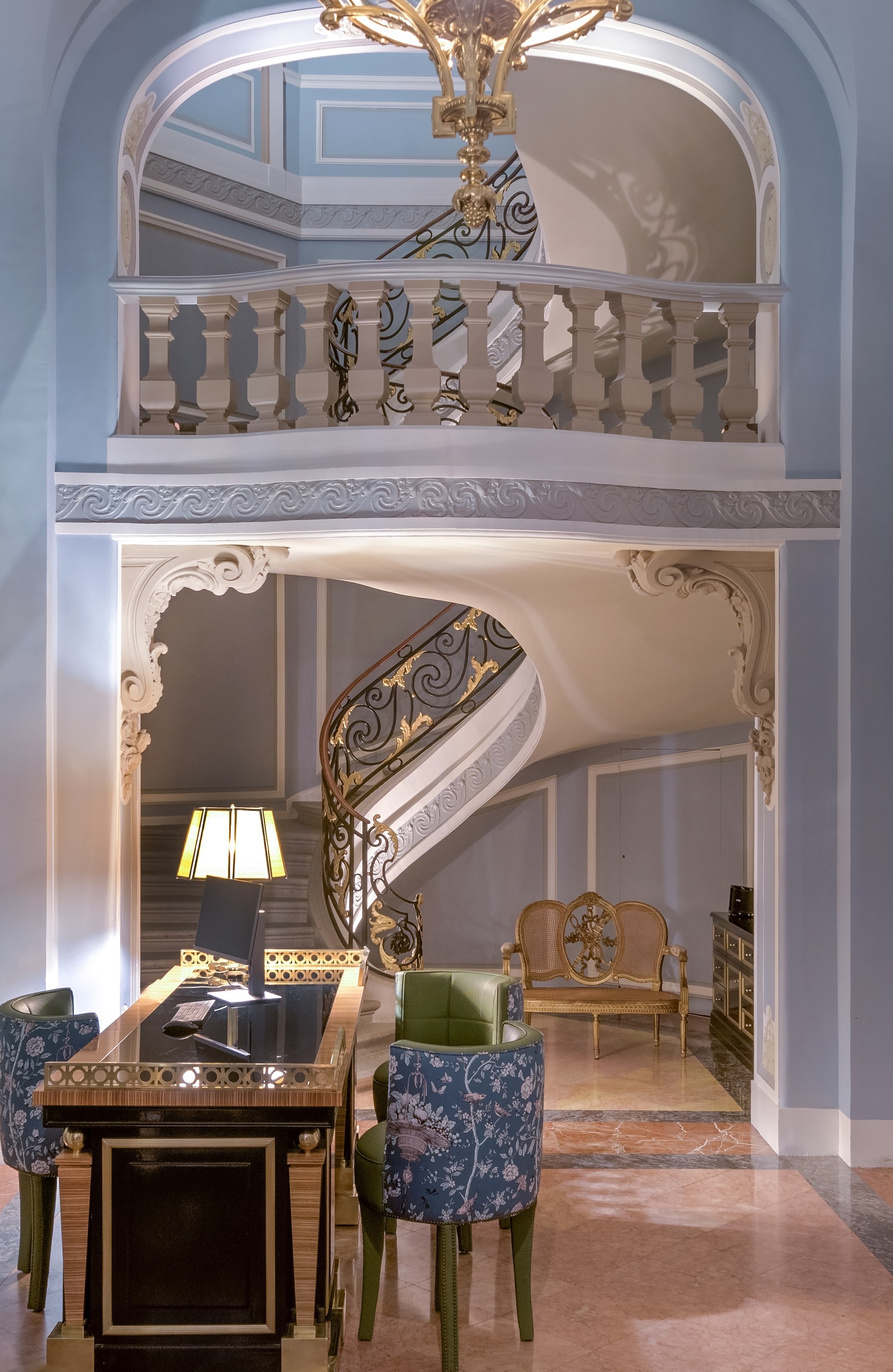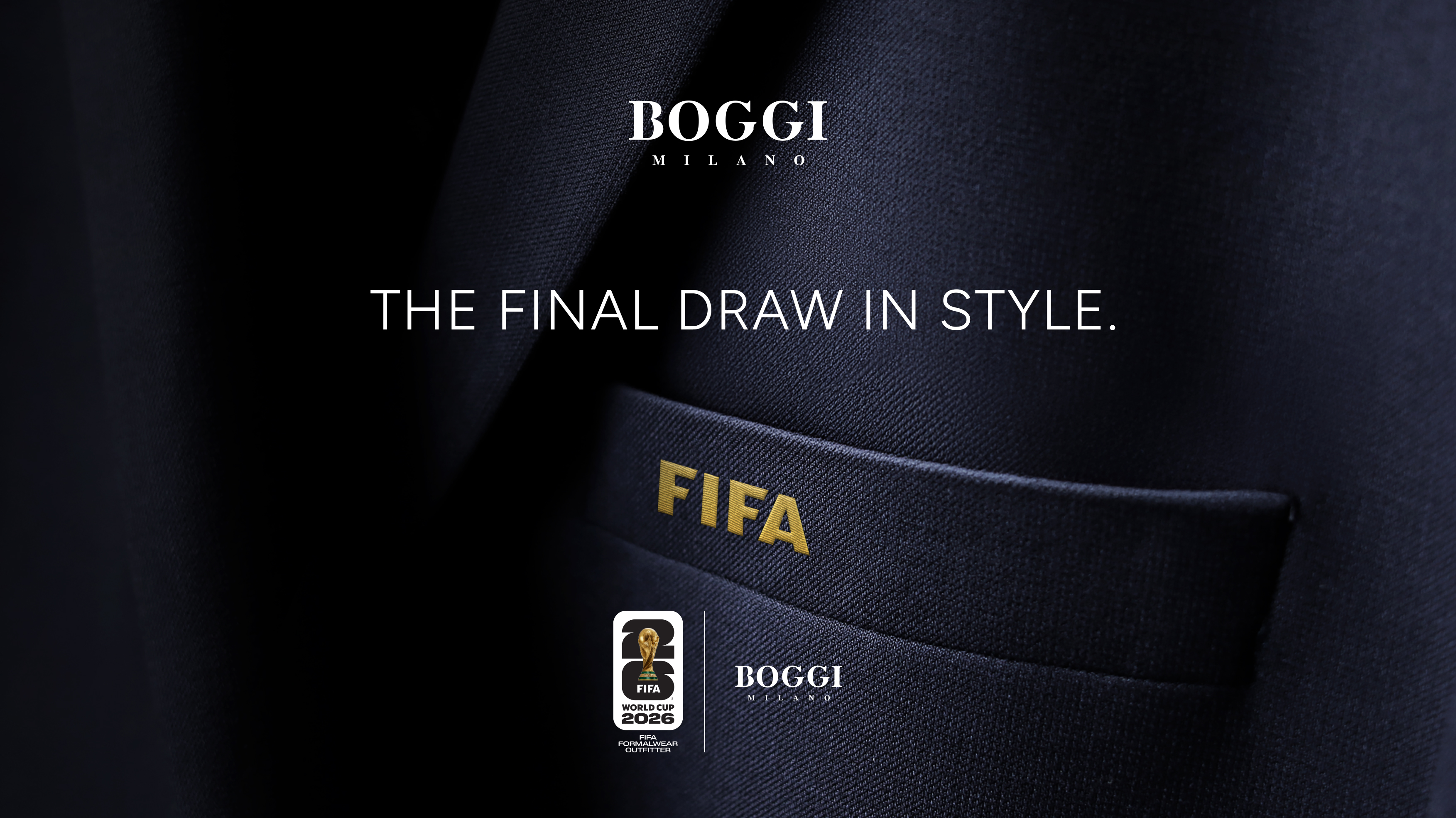Everyone knows [Raymond Pettibon](http://www.raypettibon.com). Even if you don’t recognize the name, his inky cross-hatched lines and confident handwriting have probably swirled around your eyes at some point—interconnecting webs of history, baseball stats, freight trains, surfers, musical announcements, and scathing critique in words and images—getting stuck somewhere deep in the back of your skull. As distrust in popular journalism has become more mainstream, artists have stepped into the void, telling the stories in a search for some deeper truth, compounding ideas that maybe most would be afraid to touch. Through his distinctive marks and poetic voice, every subject Pettibon draws becomes part of his world.
Pettibon’s aesthetic influence is so wide that, unless you’ve been living under a rock for the past 30 years, you’ve seen something he’s drawn, or someone who’s trying to draw like him. Chances are also high that one of your friends has a tattoo of something he drew, and it’s probably the best tattoo they have. The dude gets around. The son of immigrants, today, Raymond Pettibon—who grew up in LA and rose to prominence in the 1980s punk scene—is as American as apple pie. And you know who loves America more than Americans? The Europeans. For that reason, this October, the German mega-dealer, David Zwirner (who has represented him since 1995), is opening a new post-Brexit outpost in Paris with a show of past and present iconic American Pettibon drawings.
Every good story needs transgression, and this artist couldn’t stop if he tried: anti-war, anti-authoritarian, anti-establishment. He has been yelling the same shit forever, but his message is more pressing now than ever before. Maybe you didn’t even notice, but Raymond Pettibon is the elephant in the room.


RAYMOND PETTIBON, _NO TITLE_ (THIS BEING THE...), 2019 © RAYMOND PETTIBON. COURTESY THE ARTIST AND DAVID ZWIRNER
**You’ve mentioned the Raymond Avenue Crips in past interviews and on your Twitter. Who are they?
**I used to teach west of the Harbor Freeway. No, I had nothing to do with Crips or Gangs except for the affiliation I had with them as a teacher for LAUSD, trying to teach them math and other things.
Raymes Avenue Crips go all the way from the mountains, to the hills, to Pasadena, to the Valley, to the city, to the suburbs, to the desert, and to the beach.
**People often describe you as an avid reader, surrounded by paper and stacks of books to the ceiling. In what way, if any, has this changed since you got a computer? How do you use the internet to find information or source material?**
The first time I got a computer was at the Getty Research Institute. I was one of two people who took a remedial class in how to use one, including how to turn it on and plug it in.
The computer is great in the way it can link to much information at the touch of a keyboard, even though I am a slow typer. The internet does it faster. Does it do better? Not for me. I need the tactile, visual, smell, the paper lice of a page. Otherwise, it’s just gossip and pornography. I never got any inspiration from the electronic media.
My work is intimately connected to paper in ways I don’t even understand myself, perhaps it is generational. Old dogs can’t learn new tricks.
**When you were growing up you watched culture shift from the hippy sixties to the seventies. How would you describe the culture in America today? Which parts of the sixties and seventies are still around and which have disappeared?**
The hippies, the Beatles, Charlie, punk, were all a part of my life. Most anyone who grew up during that period could probably say the same. There is a certain distance from all of those in my case. I had varied interests. I am not a child of the times. Too confining. I am not a follower or a true believer in anything.
**You graduated UCLA at age 19 with a degree in economics. In what ways has this experience informed or shaped how you think about the art world? How would you describe the situation in the art world today?**
I am not making judgments of the economics of the art world. It does engage me in my own work. Yes, economics. For one thing, I am not a critic of the art world and its economics. On the other hand, to a small degree, the aesthetics of economics does the work. Let’s leave it like that.


RAYMOND PETTIBON, _NO TITLE_ (THE RAINMAKER), 2019 © RAYMOND PETTIBON. COURTESY THE ARTIST AND DAVID ZWIRNER
**As a fellow drawer, I’m struck by your mark-making and technical inking abilities. But what really makes me stick around is the myriad subject matter you tackle in each show. How important is it to maintain a consistent stylistic structure?**
It’s more of an instrumental means to propel my writing. That’s mainly because even though you may disagree, I think that my visual art and marksmanship would not be so interesting on its own without the word.
**Your subjects in a show can range greatly but always seem to tie into some effort to understand American history and American culture. What happens when you are showing your work abroad?**
Really not much at all. Of course, I grew up an American. I represent America in a sense, although I don’t endorse America. As a lot of Americans, we are immigrants. In my case, from Ireland and Estonia. I didn’t walk off the Mayflower, so that’s hard to answer.
As an American I feel somewhat responsible to comment on its imperial excesses, its endless wars, even though I don’t participate in them. With power begets responsibility and when you are in a dominant culture that forces its power, sometimes brutally, I can always look the other way. America is a major player, and wherever the work is being shown, it’s the elephant in the room. Perhaps at one time, that would have been France. If you wanted to become an artist, you made the trip to France.
**You once described Gumby and Vavoom as icons you respect, and the president as the real cartoonish character. How would you compare Donald Trump to the past presidents who’ve appeared in your work?**
He is a cartoonish character who deflects with his miserable personality a lot of bad things that go on on the ground, such as wars. If you want to judge American presidents, do it by body count, which is starting with Wilson, Lincoln, Truman, FDR, LBJ, JFK, and all the beloved-by-court-historians-initial presidents. If you love them so much, you and your family take bullets from them—that’s gravitas you can embrace. The worst was Bush; Clinton, who supports the prison industrial complex, and his creepy wife Miss Imperialist; Obama, the stealth; Bush, 8 years of nothing at all. Trump is a terrible person. That’s all I can say about him. As a president, get the troops home. Horrible.
**I was talking to an artist friend, about who inspired them to move to LA, and you came up. They said, ‘He should come back, LA belongs to Raymond as much as Raymond belongs to LA.’ Would you ever consider moving back to the West Coast?**
In a minute. But legal and personal issues decide that. I made a mistake.
* * *
_Frenchette_ runs from October 16th to November 23rd at [David Zwirner](https://www.davidzwirner.com) in Paris, 108 rue Vieille du Temple, Paris.
 
RAYMOND PETTIBON, _NO TITLE_ (THIS BEING THE...), 2019 © RAYMOND PETTIBON. COURTESY THE ARTIST AND DAVID ZWIRNER
**You’ve mentioned the Raymond Avenue Crips in past interviews and on your Twitter. Who are they?
**I used to teach west of the Harbor Freeway. No, I had nothing to do with Crips or Gangs except for the affiliation I had with them as a teacher for LAUSD, trying to teach them math and other things.
Raymes Avenue Crips go all the way from the mountains, to the hills, to Pasadena, to the Valley, to the city, to the suburbs, to the desert, and to the beach.
**People often describe you as an avid reader, surrounded by paper and stacks of books to the ceiling. In what way, if any, has this changed since you got a computer? How do you use the internet to find information or source material?**
The first time I got a computer was at the Getty Research Institute. I was one of two people who took a remedial class in how to use one, including how to turn it on and plug it in.
The computer is great in the way it can link to much information at the touch of a keyboard, even though I am a slow typer. The internet does it faster. Does it do better? Not for me. I need the tactile, visual, smell, the paper lice of a page. Otherwise, it’s just gossip and pornography. I never got any inspiration from the electronic media.
My work is intimately connected to paper in ways I don’t even understand myself, perhaps it is generational. Old dogs can’t learn new tricks.
**When you were growing up you watched culture shift from the hippy sixties to the seventies. How would you describe the culture in America today? Which parts of the sixties and seventies are still around and which have disappeared?**
The hippies, the Beatles, Charlie, punk, were all a part of my life. Most anyone who grew up during that period could probably say the same. There is a certain distance from all of those in my case. I had varied interests. I am not a child of the times. Too confining. I am not a follower or a true believer in anything.
**You graduated UCLA at age 19 with a degree in economics. In what ways has this experience informed or shaped how you think about the art world? How would you describe the situation in the art world today?**
I am not making judgments of the economics of the art world. It does engage me in my own work. Yes, economics. For one thing, I am not a critic of the art world and its economics. On the other hand, to a small degree, the aesthetics of economics does the work. Let’s leave it like that.

RAYMOND PETTIBON, _NO TITLE_ (THIS BEING THE...), 2019 © RAYMOND PETTIBON. COURTESY THE ARTIST AND DAVID ZWIRNER
**You’ve mentioned the Raymond Avenue Crips in past interviews and on your Twitter. Who are they?
**I used to teach west of the Harbor Freeway. No, I had nothing to do with Crips or Gangs except for the affiliation I had with them as a teacher for LAUSD, trying to teach them math and other things.
Raymes Avenue Crips go all the way from the mountains, to the hills, to Pasadena, to the Valley, to the city, to the suburbs, to the desert, and to the beach.
**People often describe you as an avid reader, surrounded by paper and stacks of books to the ceiling. In what way, if any, has this changed since you got a computer? How do you use the internet to find information or source material?**
The first time I got a computer was at the Getty Research Institute. I was one of two people who took a remedial class in how to use one, including how to turn it on and plug it in.
The computer is great in the way it can link to much information at the touch of a keyboard, even though I am a slow typer. The internet does it faster. Does it do better? Not for me. I need the tactile, visual, smell, the paper lice of a page. Otherwise, it’s just gossip and pornography. I never got any inspiration from the electronic media.
My work is intimately connected to paper in ways I don’t even understand myself, perhaps it is generational. Old dogs can’t learn new tricks.
**When you were growing up you watched culture shift from the hippy sixties to the seventies. How would you describe the culture in America today? Which parts of the sixties and seventies are still around and which have disappeared?**
The hippies, the Beatles, Charlie, punk, were all a part of my life. Most anyone who grew up during that period could probably say the same. There is a certain distance from all of those in my case. I had varied interests. I am not a child of the times. Too confining. I am not a follower or a true believer in anything.
**You graduated UCLA at age 19 with a degree in economics. In what ways has this experience informed or shaped how you think about the art world? How would you describe the situation in the art world today?**
I am not making judgments of the economics of the art world. It does engage me in my own work. Yes, economics. For one thing, I am not a critic of the art world and its economics. On the other hand, to a small degree, the aesthetics of economics does the work. Let’s leave it like that.
 
RAYMOND PETTIBON, _NO TITLE_ (THE RAINMAKER), 2019 © RAYMOND PETTIBON. COURTESY THE ARTIST AND DAVID ZWIRNER
**As a fellow drawer, I’m struck by your mark-making and technical inking abilities. But what really makes me stick around is the myriad subject matter you tackle in each show. How important is it to maintain a consistent stylistic structure?**
It’s more of an instrumental means to propel my writing. That’s mainly because even though you may disagree, I think that my visual art and marksmanship would not be so interesting on its own without the word.
**Your subjects in a show can range greatly but always seem to tie into some effort to understand American history and American culture. What happens when you are showing your work abroad?**
Really not much at all. Of course, I grew up an American. I represent America in a sense, although I don’t endorse America. As a lot of Americans, we are immigrants. In my case, from Ireland and Estonia. I didn’t walk off the Mayflower, so that’s hard to answer.
As an American I feel somewhat responsible to comment on its imperial excesses, its endless wars, even though I don’t participate in them. With power begets responsibility and when you are in a dominant culture that forces its power, sometimes brutally, I can always look the other way. America is a major player, and wherever the work is being shown, it’s the elephant in the room. Perhaps at one time, that would have been France. If you wanted to become an artist, you made the trip to France.
**You once described Gumby and Vavoom as icons you respect, and the president as the real cartoonish character. How would you compare Donald Trump to the past presidents who’ve appeared in your work?**
He is a cartoonish character who deflects with his miserable personality a lot of bad things that go on on the ground, such as wars. If you want to judge American presidents, do it by body count, which is starting with Wilson, Lincoln, Truman, FDR, LBJ, JFK, and all the beloved-by-court-historians-initial presidents. If you love them so much, you and your family take bullets from them—that’s gravitas you can embrace. The worst was Bush; Clinton, who supports the prison industrial complex, and his creepy wife Miss Imperialist; Obama, the stealth; Bush, 8 years of nothing at all. Trump is a terrible person. That’s all I can say about him. As a president, get the troops home. Horrible.
**I was talking to an artist friend, about who inspired them to move to LA, and you came up. They said, ‘He should come back, LA belongs to Raymond as much as Raymond belongs to LA.’ Would you ever consider moving back to the West Coast?**
In a minute. But legal and personal issues decide that. I made a mistake.
* * *
_Frenchette_ runs from October 16th to November 23rd at [David Zwirner](https://www.davidzwirner.com) in Paris, 108 rue Vieille du Temple, Paris.

RAYMOND PETTIBON, _NO TITLE_ (THE RAINMAKER), 2019 © RAYMOND PETTIBON. COURTESY THE ARTIST AND DAVID ZWIRNER
**As a fellow drawer, I’m struck by your mark-making and technical inking abilities. But what really makes me stick around is the myriad subject matter you tackle in each show. How important is it to maintain a consistent stylistic structure?**
It’s more of an instrumental means to propel my writing. That’s mainly because even though you may disagree, I think that my visual art and marksmanship would not be so interesting on its own without the word.
**Your subjects in a show can range greatly but always seem to tie into some effort to understand American history and American culture. What happens when you are showing your work abroad?**
Really not much at all. Of course, I grew up an American. I represent America in a sense, although I don’t endorse America. As a lot of Americans, we are immigrants. In my case, from Ireland and Estonia. I didn’t walk off the Mayflower, so that’s hard to answer.
As an American I feel somewhat responsible to comment on its imperial excesses, its endless wars, even though I don’t participate in them. With power begets responsibility and when you are in a dominant culture that forces its power, sometimes brutally, I can always look the other way. America is a major player, and wherever the work is being shown, it’s the elephant in the room. Perhaps at one time, that would have been France. If you wanted to become an artist, you made the trip to France.
**You once described Gumby and Vavoom as icons you respect, and the president as the real cartoonish character. How would you compare Donald Trump to the past presidents who’ve appeared in your work?**
He is a cartoonish character who deflects with his miserable personality a lot of bad things that go on on the ground, such as wars. If you want to judge American presidents, do it by body count, which is starting with Wilson, Lincoln, Truman, FDR, LBJ, JFK, and all the beloved-by-court-historians-initial presidents. If you love them so much, you and your family take bullets from them—that’s gravitas you can embrace. The worst was Bush; Clinton, who supports the prison industrial complex, and his creepy wife Miss Imperialist; Obama, the stealth; Bush, 8 years of nothing at all. Trump is a terrible person. That’s all I can say about him. As a president, get the troops home. Horrible.
**I was talking to an artist friend, about who inspired them to move to LA, and you came up. They said, ‘He should come back, LA belongs to Raymond as much as Raymond belongs to LA.’ Would you ever consider moving back to the West Coast?**
In a minute. But legal and personal issues decide that. I made a mistake.
* * *
_Frenchette_ runs from October 16th to November 23rd at [David Zwirner](https://www.davidzwirner.com) in Paris, 108 rue Vieille du Temple, Paris.


















